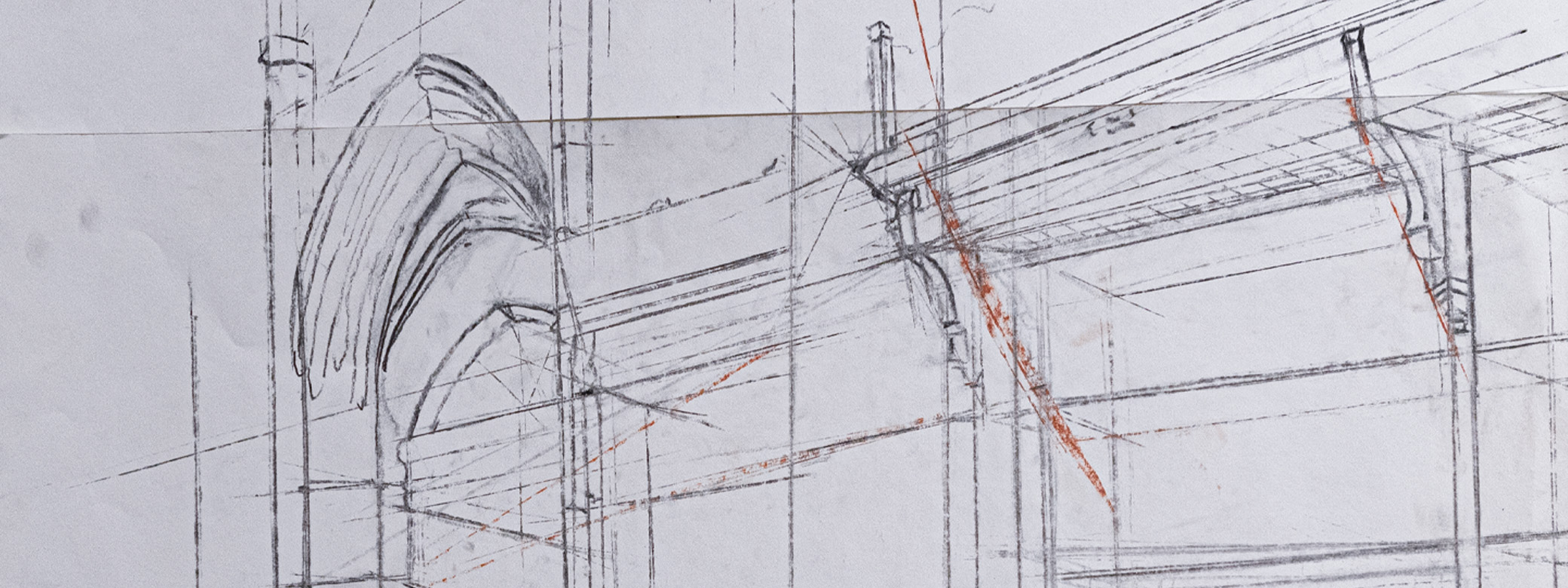This dissertation examines the connections between (dis)ability, art, and identity in early modern Europe, questioning prevailing accounts that have formed biased narratives of disability history. As used in this dissertation, the term (dis)ability describes the fluid and socioculturally constructed norms that define disability experience, eliminating the binary division between disability/ability. Through an analysis of first-person visual and literary depictions of disability, this research investigates the experiences of three early modern artists: Hendrick Goltzius, Gian Paolo Lomazzo, and Jacopo Pontormo. Utilizing Critical Disability Theory, an interdisciplinary approach that analyzes disability as a cultural, historical, and social phenomenon shaped by power relations, this study uncovers the versatile aspects of disability during the early modern era, emphasizing themes of disability gain and pride, and illustrating how these artists navigated their embodied experiences and shaped their identities in varied professional environments. Ultimately, this research showcases the transformative influence of (dis)ability in reshaping the creative process, theoretical output, and self-fashioning.
Vallah, Or. “(Dis)ability and the Making of the Early Modern Artist.” PhD diss., The University of Washington, 2025. ProQuest (28453).
Adviser
